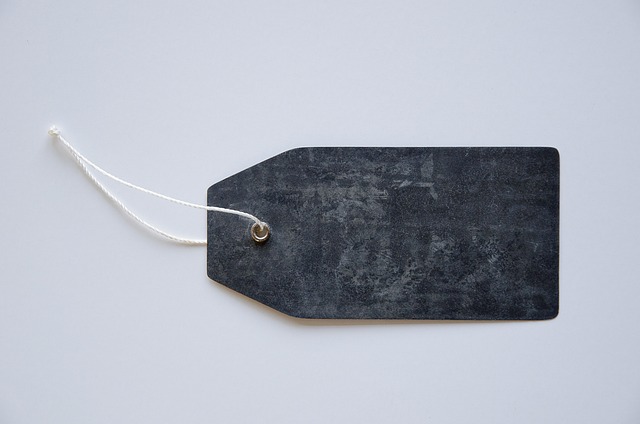Skin tags, also known as acrochordons, are small skin growths commonly found in certain areas. Though often hereditary and harmless, many people opt to remove them for aesthetic reasons. Bradford Tag Removal is a growing trend using specialized tools for quick, relatively painless snipping with minimal scarring. This DIY option is attractive but results vary; consulting a healthcare provider before attempting removal is recommended to avoid complications.
Skin tags, those small, soft growths commonly found in certain areas of the body, can be a source of concern for many. If you’re considering removing them, Bradford Tag Removal has gained attention as a potential solution. This article explores what skin tags are and why some people opt to remove them. We’ll guide you through self-removal techniques, highlighting do’s and don’ts, and risks involved. The final section delves into the safety and effectiveness of professional Bradford Tag Removal, emphasizing why expert assistance might be the best choice for achieving desired results without complications.
- Understanding Bradford Tag Removal: What Are Skin Tags?
- Skin tags, or acrochordons, are small, soft skin growths that typically appear on the neck, armpits, or groin area. They are usually harmless and often hereditary. This section will explain what they are, their causes, and why some people seek to remove them, especially using a method like Bradford Tag Removal.
- Self-Removal Techniques: Is It Possible?
Understanding Bradford Tag Removal: What Are Skin Tags?
Skin tags, also known as acrochordons, are small, soft skin growths that typically appear on the neck, armpits, or groin. They are generally harmless and often hereditary, but many people choose to remove them for aesthetic reasons. Bradford Tag Removal is a popular method gaining traction in the world of skincare. This approach involves using specialized tools to carefully snip off the tags, leaving minimal scaring. It’s a quick, relatively painless procedure that can be performed at home, making it an appealing option for those seeking a simple solution to get rid of these pesky remnants.
Skin tags, or acrochordons, are small, soft skin growths that typically appear on the neck, armpits, or groin area. They are usually harmless and often hereditary. This section will explain what they are, their causes, and why some people seek to remove them, especially using a method like Bradford Tag Removal.
Skin tags, or acrochordons, are small, soft skin growths that typically appear on the neck, armpits, or groin area. They are usually harmless and often hereditary, meaning they can run in families. While many people choose to leave them alone, others find them unsightly or uncomfortable and may seek to remove them. One popular method for removing skin tags is Bradford Tag Removal, a technique that has gained popularity due to its perceived safety and effectiveness. This approach is particularly appealing for those who want a more discreet and less invasive solution compared to traditional surgical excision.
Self-Removal Techniques: Is It Possible?
While many people seek professional Bradford Tag Removal services, there are self-removal techniques available for those who prefer to tackle skin tags at home. However, it’s crucial to approach these methods with caution and an understanding of their effectiveness. Over-the-counter options include using salicylic acid or tag removal creams, which can soften the skin and potentially shed the tag. Other DIY approaches involve freezing the tag with liquid nitrogen (a method usually performed by medical professionals) or applying pressure over time.
While these methods may offer a temporary solution for some individuals, it’s important to remember that each person’s experience is unique. Some tags may require persistent effort or even professional intervention for complete removal. Consulting a healthcare provider before attempting any self-removal technique is recommended to ensure safety and prevent potential complications.
While self-removal techniques like Bradford Tag Removal might seem appealing for pesky skin tags, it’s important to note that professional medical advice is always recommended. Although some people find DIY methods effective, accuracy and safety are paramount, especially in sensitive areas. Before attempting any removal, consult a healthcare provider to ensure the best course of action tailored to your needs.
